Home>Garden Essentials>When To Sow Lupine Seeds


Garden Essentials
When To Sow Lupine Seeds
Modified: March 16, 2024
Looking to start your garden with beautiful lupine flowers? Find out the optimal time to sow lupine seeds for a thriving garden.
(Many of the links in this article redirect to a specific reviewed product. Your purchase of these products through affiliate links helps to generate commission for Storables.com, at no extra cost. Learn more)
Introduction
Welcome to the wonderful world of gardening! If you’re a plant enthusiast and have a passion for creating vibrant, colorful landscapes, then you’re in the right place. In this article, we’ll dive into the fascinating realm of lupine seeds and explore the best time to sow them for optimal growth and blooms.
Lupines, also known as lupin or lupine flowers, are native to North America, Europe, and parts of Africa. With their tall spires of pea-like flowers in various shades of vibrant purples, pinks, blues, and yellows, lupines are a stunning addition to any garden.
Before we delve into the best time to sow lupine seeds, let’s take a quick look at the different types of lupines and their characteristics. There are annual and perennial varieties of lupines, each with its own unique set of traits and growing requirements.
Annual lupines, as the name suggests, complete their lifecycle within a single growing season. They typically produce a showy display of flowers and then die off when the weather turns cold. Perennial lupines, on the other hand, live for multiple years, producing flowers year after year. These beautiful plants often form clumps or mounds, adding texture and height to your garden.
Whether you choose annual or perennial lupines, the process of sowing seeds is crucial to ensure successful germination and growth. Timing is everything when it comes to planting lupine seeds, so let’s explore the best time to sow them for the best results.
Key Takeaways:
- Sow annual lupine seeds in early spring for vibrant blooms before summer heat, and sow perennial lupine seeds in early spring or fall to take advantage of natural stratification for successful germination.
- Prepare well-draining, slightly acidic to neutral soil for lupine seeds, and provide proper care by watering, supporting, and protecting seedlings for a thriving garden filled with vibrant lupine flowers.
Read more: When To Sow Cabbage Seeds
Understanding Lupine Seeds
Before we discuss the best time to sow lupine seeds, it’s essential to have a good understanding of these tiny powerhouses of growth. Lupine seeds are small, round, and often have a hard outer shell. These seeds contain all the genetic material necessary for a lupine plant to sprout, grow, and eventually produce beautiful flowers.
Lupine seeds have a fascinating characteristic known as hard seed coat dormancy. This means that the outer shell of the seed is tough and impermeable to water, making it difficult for moisture to penetrate and trigger germination. This natural mechanism helps protect the seed from unfavorable conditions and ensures that it will be able to germinate when the time is right.
However, this dormancy also means that lupine seeds require certain conditions to overcome it and start germinating. Scarification is a common technique used to break the hard coating of lupine seeds and promote germination. This involves nicking or scratching the seed coat with a sharp knife or gently rubbing the seeds with sandpaper. Scarification allows water to penetrate the seed more easily, triggering the germination process.
Lupine seeds also prefer to be sown directly in the ground rather than being transplanted. Their delicate root systems don’t take well to being disturbed, so starting them directly in their final growing location is ideal. However, if circumstances require starting lupine seeds indoors, such as to get a head start on the growing season, it’s important to handle the delicate seedlings with care during the transplantation process.
Now that we have a solid understanding of lupine seeds, let’s move on to the best time to sow them for optimal growth and success in your garden.
Best Time to Sow Lupine Seeds
The timing of sowing lupine seeds is crucial for their successful germination and healthy growth. While lupines are hardy plants that can tolerate various climate conditions, there are specific periods that are ideal for sowing their seeds.
For annual lupine varieties, the best time to sow the seeds is in early spring, after the last frost has passed. This allows the seeds to take advantage of the cool temperatures and moist soil, creating optimal conditions for germination. By sowing the seeds early in the season, you give the plants ample time to establish themselves and bloom before the summer heat sets in.
Perennial lupine seeds, on the other hand, can be sown either in early spring or in the fall. Sowing in the fall, about 6 to 8 weeks before the first expected frost, allows the seeds to go through a process called stratification. Stratification occurs naturally when the seeds experience a period of cold temperatures, which breaks their dormancy and prepares them for germination in the spring.
If you choose to sow perennial lupine seeds in the spring, it’s important to start them early, preferably 8 to 10 weeks before the last expected frost. This will give the seeds enough time to stratify naturally during the cold winter months.
When sowing lupine seeds, it’s essential to consider the specific growing requirements of the variety you’re planting. Some lupine species prefer full sun, while others can tolerate partial shade. Ensure that the chosen location has well-draining soil, as lupines do not thrive in soggy or waterlogged conditions.
Now that you know the best times to sow lupine seeds, let’s move on to preparing the soil for optimal seed germination and growth.
Soil Preparation for Lupine Seeds
Proper soil preparation plays a crucial role in the successful germination and growth of lupine seeds. Lupines thrive in well-draining soil with a pH level ranging from slightly acidic to neutral.
Begin by preparing the planting area by removing any weeds, rocks, or debris. Lupines prefer loose, crumbly soil, so it’s beneficial to incorporate organic matter such as compost or well-rotted manure into the planting area. This helps improve soil fertility, drainage, and overall structure.
Lupines have a deep taproot system, which allows them to access nutrients and water from deeper soil layers. To encourage healthy root development, it’s beneficial to loosen the soil to a depth of about 12-18 inches (30-45 cm) using a garden fork or tiller.
If the soil in your garden is heavy clay or tends to become compacted, you can add sand or perlite to improve drainage. Additionally, incorporating organic matter into the soil helps increase its moisture-retaining capacity while still providing adequate drainage.
Before sowing the lupine seeds, it’s recommended to perform a soil test to assess the pH level. Lupines prefer slightly acidic to neutral soil, with a pH range of 6.0 to 7.5. If required, you can adjust the pH by adding lime to raise the pH or elemental sulfur to lower it.
Once the soil is properly prepared and the pH levels are adjusted, it’s time to sow the lupine seeds. Keep in mind the specific instructions for the variety of lupine seeds you’re planting, as different species may require specific planting depths and spacing.
Now that the soil is ready, let’s explore the methods of sowing lupine seeds indoors and outdoors.
Sow lupine seeds in early spring or late fall for best results. Choose a sunny location with well-drained soil and water regularly to help the seeds germinate and grow.
Sowing Lupine Seeds Indoors
If you want to get a head start on the growing season or if you live in a region with a short growing season, you can start lupine seeds indoors. Here’s a step-by-step guide on how to sow lupine seeds indoors:
- Choose a container with drainage holes that is at least 3-4 inches (7.5-10 cm) deep. Fill the container with a sterile seed starting mix or a well-draining potting soil.
- Moisten the soil before sowing the lupine seeds. Ensure that the soil is evenly moist but not soggy.
- If the lupine seeds have a hard outer coat, consider scarifying them before sowing. Gently nick the seed coat with a sharp knife or rub the seeds with sandpaper to encourage better water absorption.
- Sow the lupine seeds on the soil surface, spacing them about an inch (2.5 cm) apart. Gently press the seeds into the soil, but avoid burying them too deep.
- Cover the container with a plastic dome or place it in a plastic bag to create a mini greenhouse effect. This helps retain moisture and increase the chances of germination.
- Place the container in a warm location, ideally with temperatures between 65-75°F (18-24°C). Avoid placing them in direct sunlight, as excessive heat can inhibit germination.
- Check the moisture level regularly and mist the soil if it begins to dry out. However, be cautious not to overwater, as this can lead to fungal diseases.
- Once the lupine seedlings have emerged and have grown their first set of true leaves, remove the plastic covering. This allows for air circulation and reduces the risk of damping-off disease.
- Continue to grow the seedlings indoors until the danger of frost has passed and the seedlings have become established. Harden off the seedlings by gradually exposing them to outdoor conditions over a period of 7-10 days.
- Transplant the seedlings into their permanent outdoor location, ensuring they are spaced at least 12-18 inches (30-45 cm) apart to allow for their mature size.
By sowing lupine seeds indoors, you can give the seedlings a head start and increase the chances of a successful and early bloom in your garden.
Read more: When To Sow Impatiens Seeds
Sowing Lupine Seeds Outdoors
Lupine seeds can also be sown directly outdoors, especially if you live in an area with a longer growing season or if you prefer a more natural and low-maintenance approach. Here’s how to sow lupine seeds outdoors:
- Choose a sunny location in your garden with well-draining soil. Lupines prefer full sun, although they can tolerate some light shade.
- Prepare the soil by removing any weeds, rocks, or debris. Loosen the soil using a garden fork or tiller to a depth of about 12-18 inches (30-45 cm).
- If your soil is heavy or lacks fertility, you can amend it by incorporating organic matter such as compost or well-rotted manure.
- Moisten the soil to ensure it’s evenly moist, but not waterlogged.
- If the lupine seeds have a hard outer coat, consider scarifying them before sowing. You can gently nick the seed coat with a sharp knife or rub the seeds with sandpaper to help with water absorption.
- Sow the lupine seeds directly on the soil surface, spacing them about 12-18 inches (30-45 cm) apart. Gently press the seeds into the soil, but avoid burying them too deep.
- Lightly cover the seeds with a thin layer of soil or compost, about 1/4 inch (0.6 cm) deep. This helps provide some protection and insulation for the seeds.
- Water the seeded area gently to ensure that the soil is evenly moist. Continue to water regularly, keeping the soil moist but not saturated, until the seeds germinate.
- Depending on the climate and conditions, lupine seeds may take anywhere between 7-21 days to germinate. Be patient and monitor the soil moisture during this time.
- Once the lupine seedlings have emerged and have grown a few inches tall, thin them out if necessary, leaving the healthiest and strongest seedlings spaced according to the recommended planting distance.
- Provide the lupine seedlings with regular water, especially during dry periods, to support healthy growth and establishment.
By sowing lupine seeds directly outdoors, you can take advantage of natural conditions and give the seeds the opportunity to germinate and grow in their intended environment.
Now that you know how to sow lupine seeds both indoors and outdoors, let’s explore the care and maintenance required for these beautiful plants.
Care and Maintenance of Lupine Seedlings
Once your lupine seedlings have emerged and are growing strong, it’s important to provide them with proper care and maintenance to ensure healthy development and vibrant blooms. Here are some essential tips for caring for your lupine seedlings:
Watering: Lupines prefer moist soil, so regular watering is crucial, especially during dry periods. Water deeply, allowing the soil to soak up the moisture, but avoid overwatering, as lupines are sensitive to waterlogged conditions. Aim to keep the soil consistently moist but not soggy. Mulching around the base of the plants can help retain moisture and control weeds.
Fertilization: Lupines are typically low-maintenance plants, but they can benefit from a light application of balanced organic fertilizer during their active growing season. Apply the fertilizer according to the manufacturer’s instructions, being careful not to over-fertilize, as this can lead to lush foliage but fewer blooms.
Support: As the lupine seedlings grow taller, they may require support to prevent them from bending or falling over, especially in windy areas. Install stakes or use plant supports around the seedlings to give them the necessary stability.
Deadheading: To encourage continuous blooming, it’s advisable to deadhead the faded flowers of lupines. Simply pinch or cut off the spent blooms, including the seedpods, as soon as they begin to wilt. This prompts the plant to put its energy into producing more flowers rather than setting seed.
Pest and Disease Control: Lupines are generally resistant to most pests and diseases. However, aphids and slugs can occasionally pose a threat. Monitor your plants regularly and take necessary measures, such as handpicking pests or using organic pest control methods, if you notice any infestations.
Protecting from Extremes: Lupines are hardy plants, but extreme heat, drought, or frost can affect their growth. During periods of intense heat, provide them with some shade or ensure they receive adequate watering. In colder regions, apply a layer of mulch around the base of the plants before winter sets in to protect the roots from freezing temperatures.
Division and Propagation: Perennial lupines can be divided every few years to maintain their vigor. This involves carefully lifting the clumps and splitting them into smaller sections, ensuring each section has adequate roots. Replant the divisions in prepared soil, spacing them appropriately. You can also propagate lupines from seeds collected from mature plants, allowing you to expand your lupine garden or share them with fellow gardening enthusiasts.
By providing consistent care and maintenance to your lupine seedlings, you’ll be rewarded with a colorful and thriving garden filled with these beautiful flowering plants.
Now that you have a solid grasp of caring for lupine seedlings, let’s conclude our article.
Conclusion
Lupines are majestic flowering plants that can add a vibrant burst of color to any garden. Whether you choose annual or perennial lupine varieties, knowing the best time to sow their seeds is crucial for successful germination and growth.
For annual lupine varieties, sow the seeds in early spring after the last frost has passed. This allows the plants to establish themselves before the summer heat arrives. Perennial lupine seeds can be sown in either early spring or in the fall, taking advantage of natural stratification during the winter months.
Proper soil preparation is essential to create a favorable environment for lupine seeds. Ensure that the soil is well-draining, enriched with organic matter, and has a slightly acidic to neutral pH level. By scarifying the seeds if necessary, you can aid in their water absorption and encourage germination.
If you choose to sow lupine seeds indoors, provide them with a sterile seed starting mix, regular water, and a warm location with plenty of light. Transplant the seedlings outdoors after the risk of frost has passed.
If you prefer sowing lupine seeds directly outdoors, prepare the soil by removing debris, loosening the soil, and ensuring it is moist. Sow the seeds at the appropriate spacing and cover them lightly with soil or compost. Monitor the soil moisture and wait patiently for germination to occur.
Once your lupine seedlings have emerged, care for them by watering regularly, providing support if needed, and deadheading spent blooms. Protect them from extreme weather conditions and be on the lookout for any potential pests or diseases.
By following these guidelines and providing proper care and maintenance, you can enjoy the beauty of lupines in your garden for years to come. Their vibrant colors and graceful spires will undoubtedly be a delight to both you and any visitors to your garden.
So go ahead, sow your lupine seeds at the optimal time, prepare the soil with care, and watch as these remarkable plants transform your garden into a haven of color and beauty. Happy gardening!
Frequently Asked Questions about When To Sow Lupine Seeds
Was this page helpful?
At Storables.com, we guarantee accurate and reliable information. Our content, validated by Expert Board Contributors, is crafted following stringent Editorial Policies. We're committed to providing you with well-researched, expert-backed insights for all your informational needs.
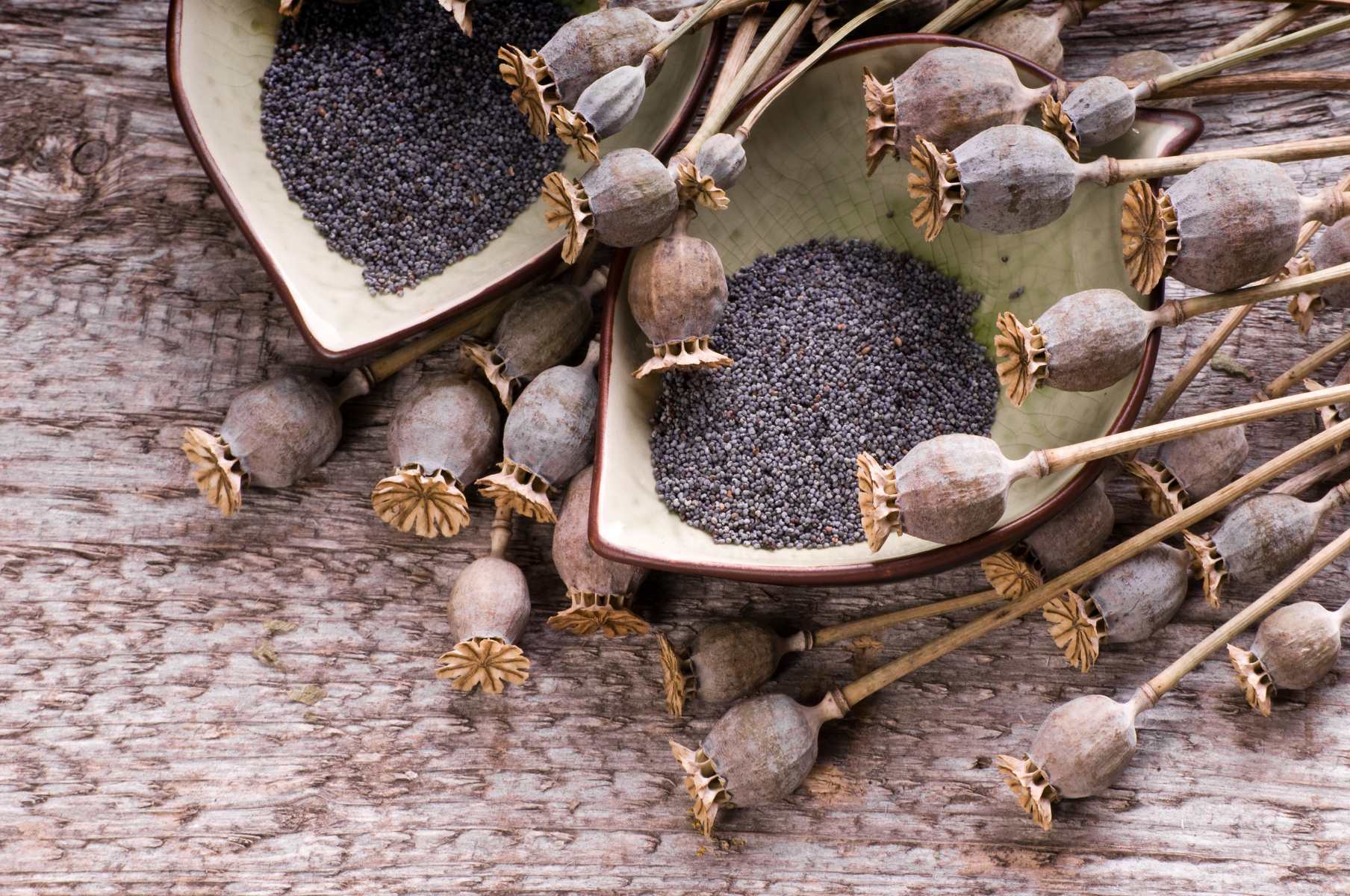
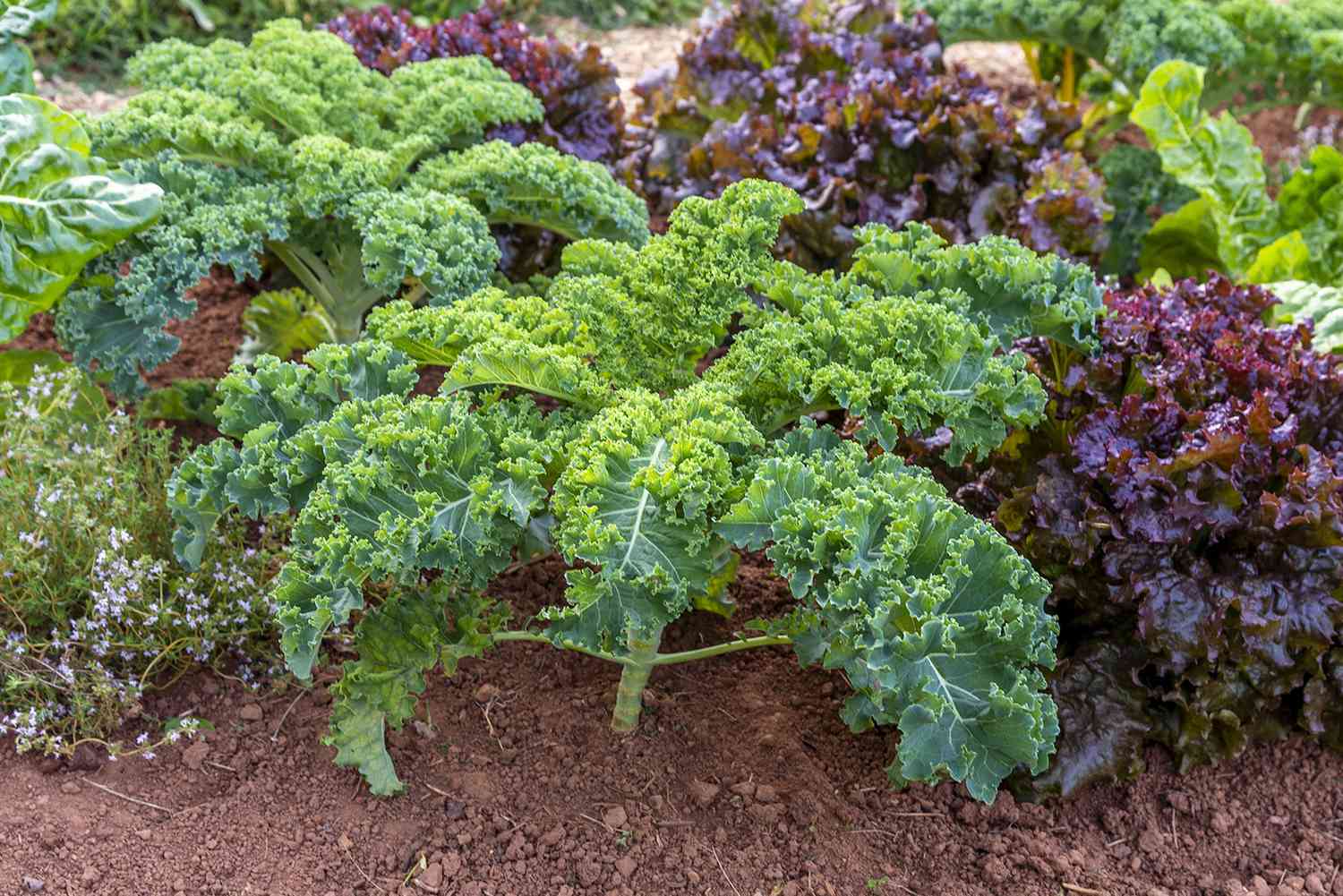
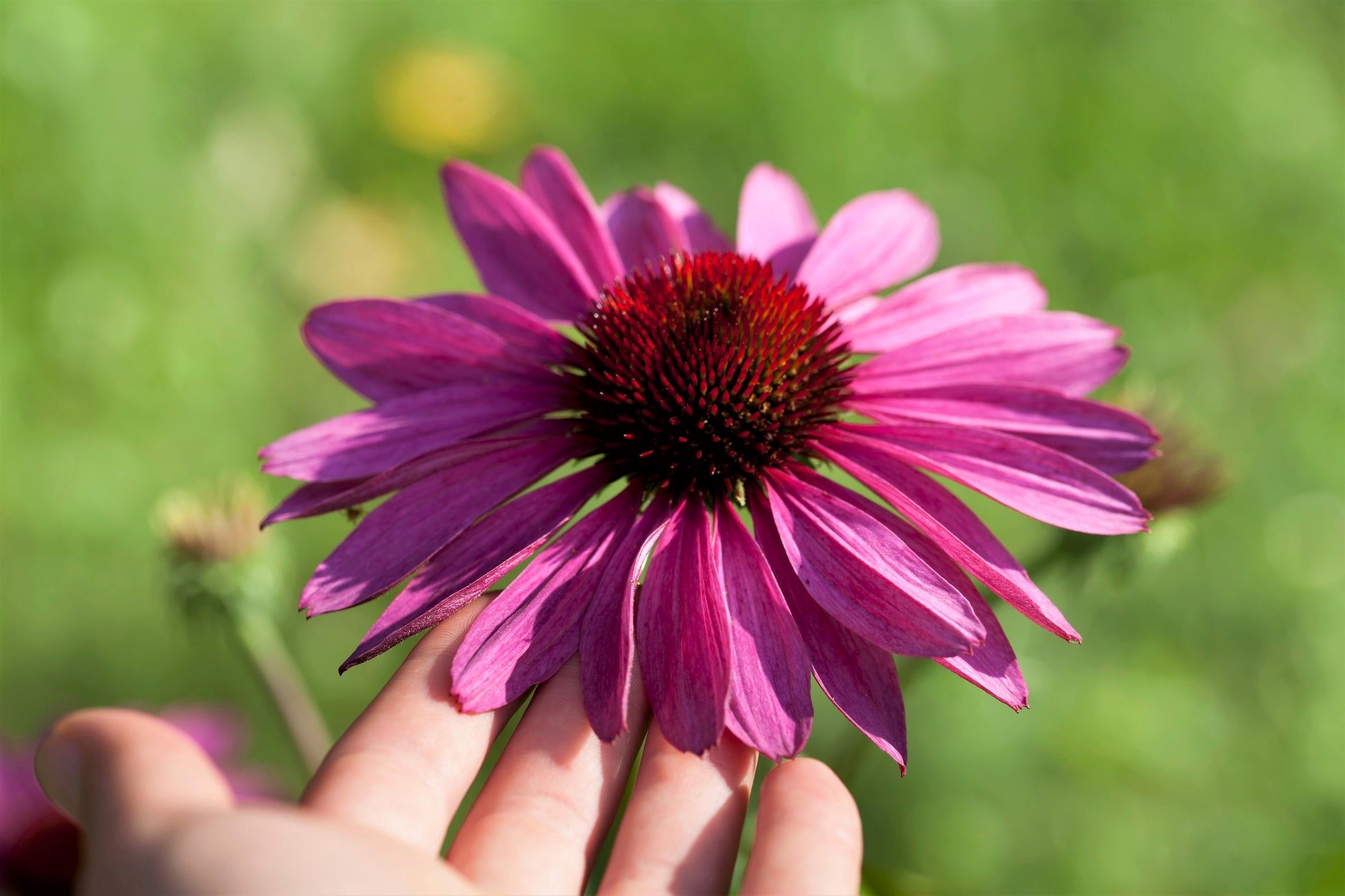
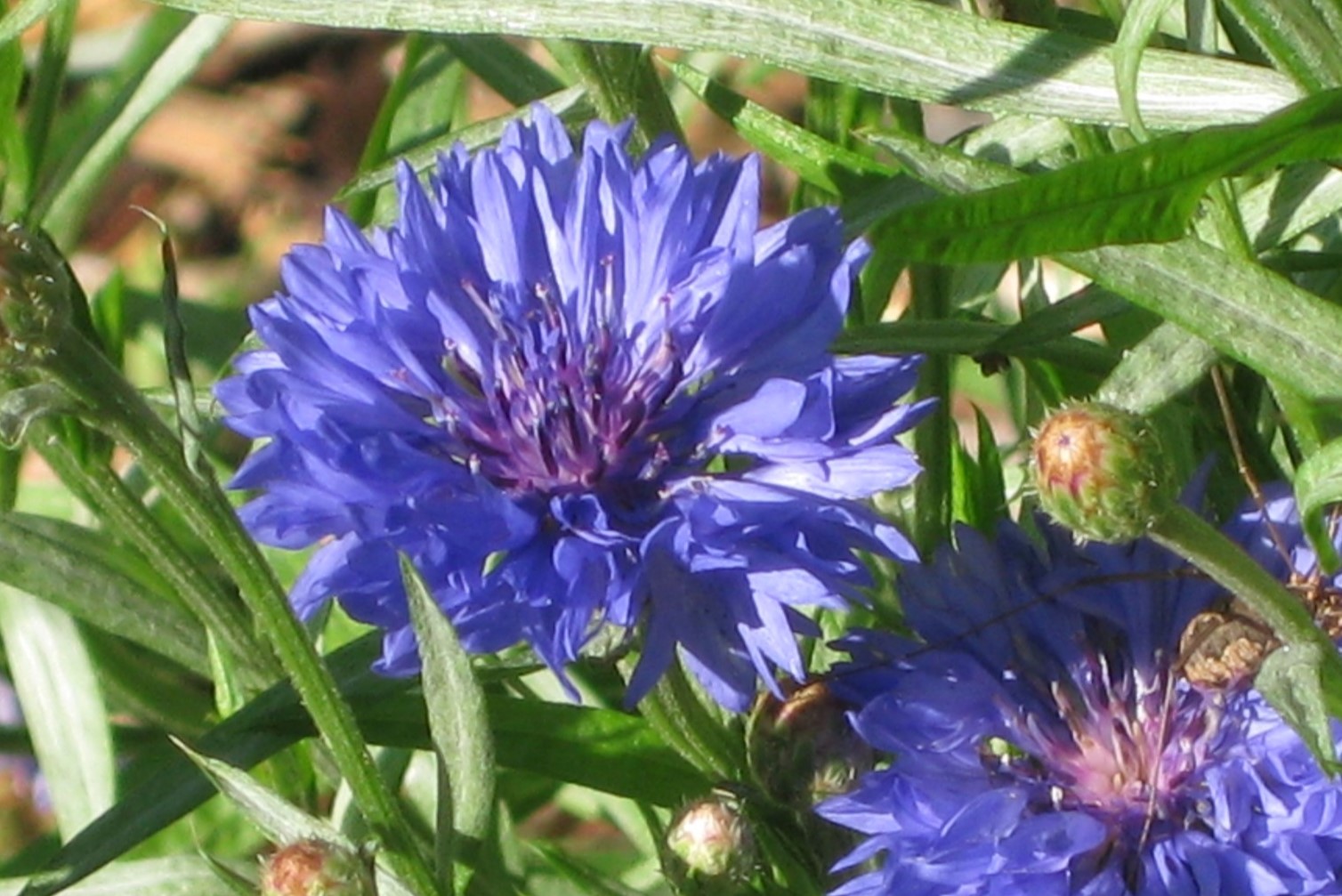
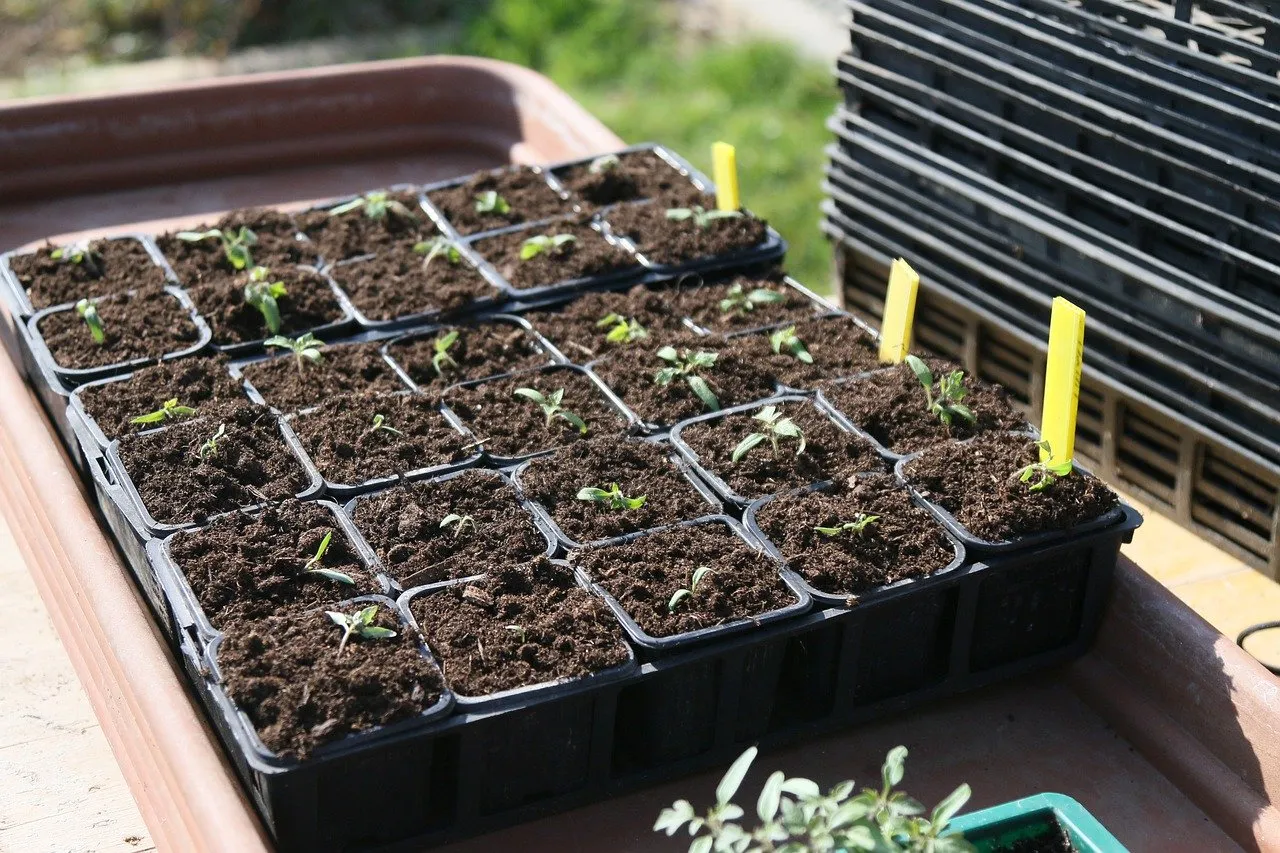
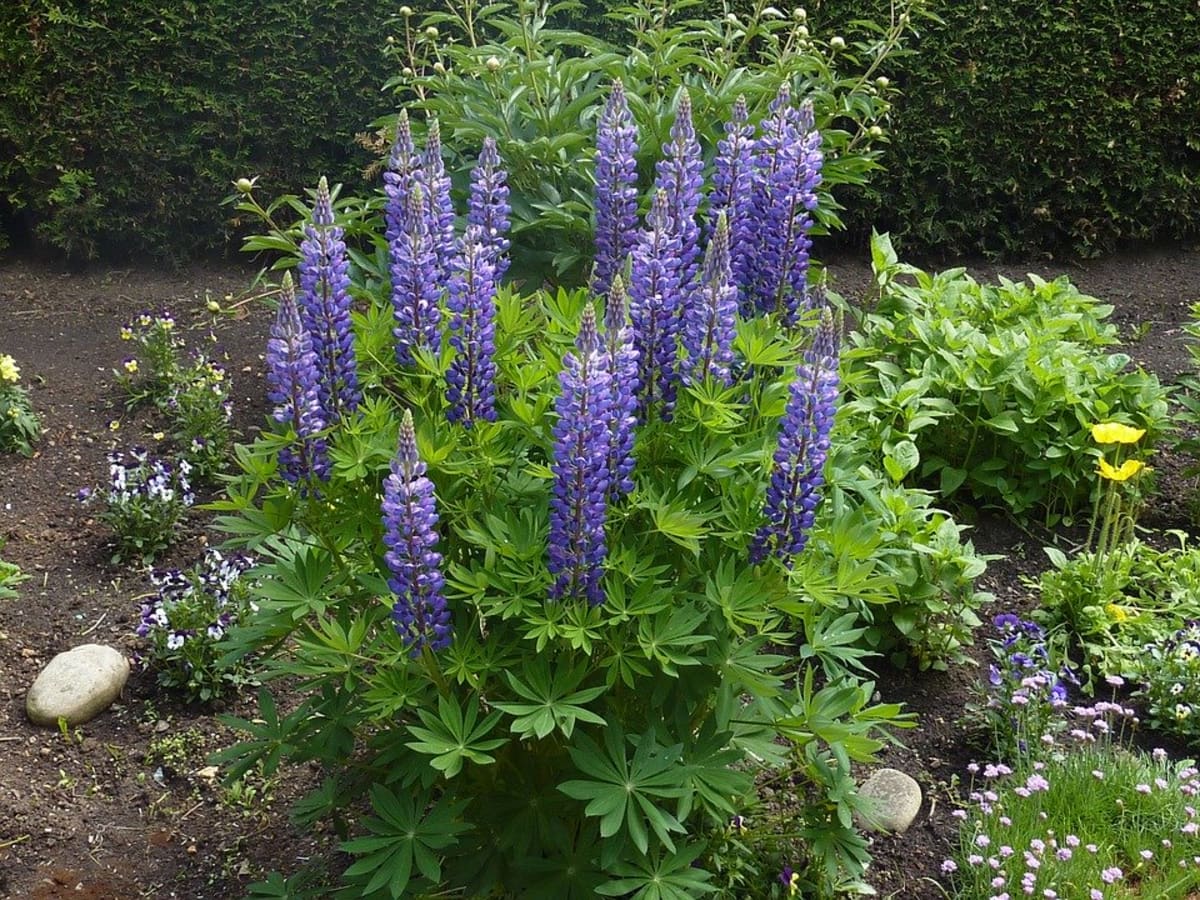
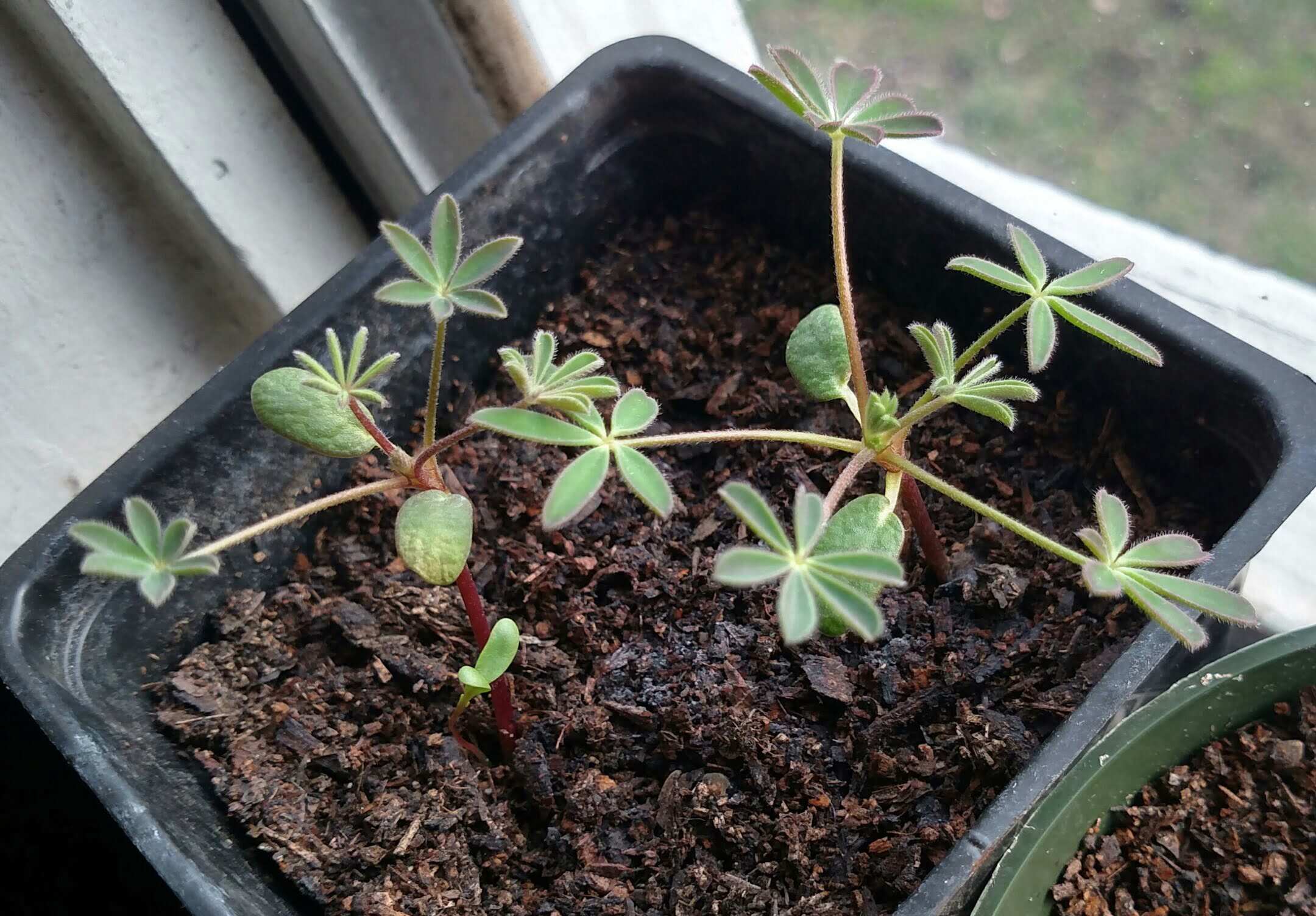

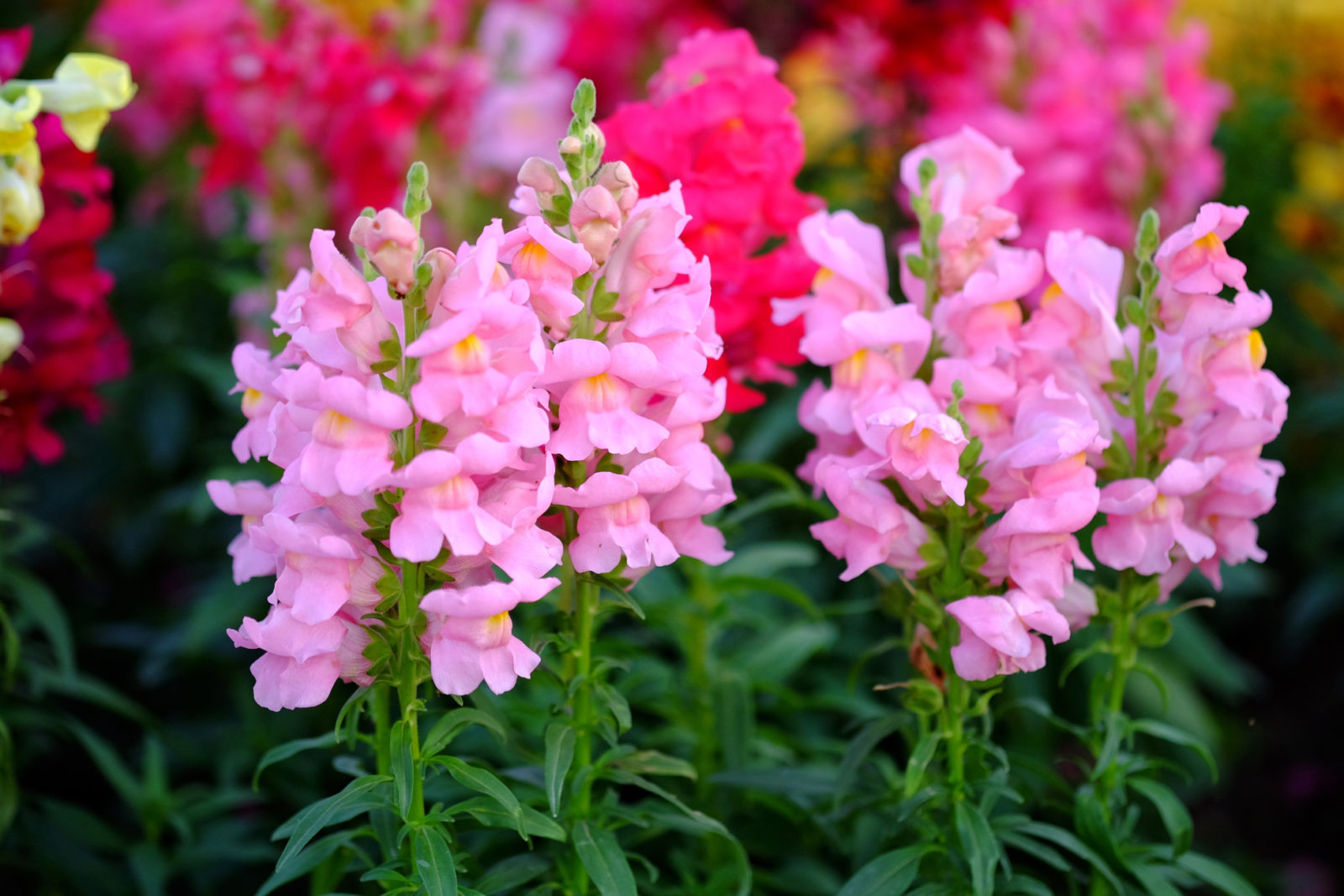
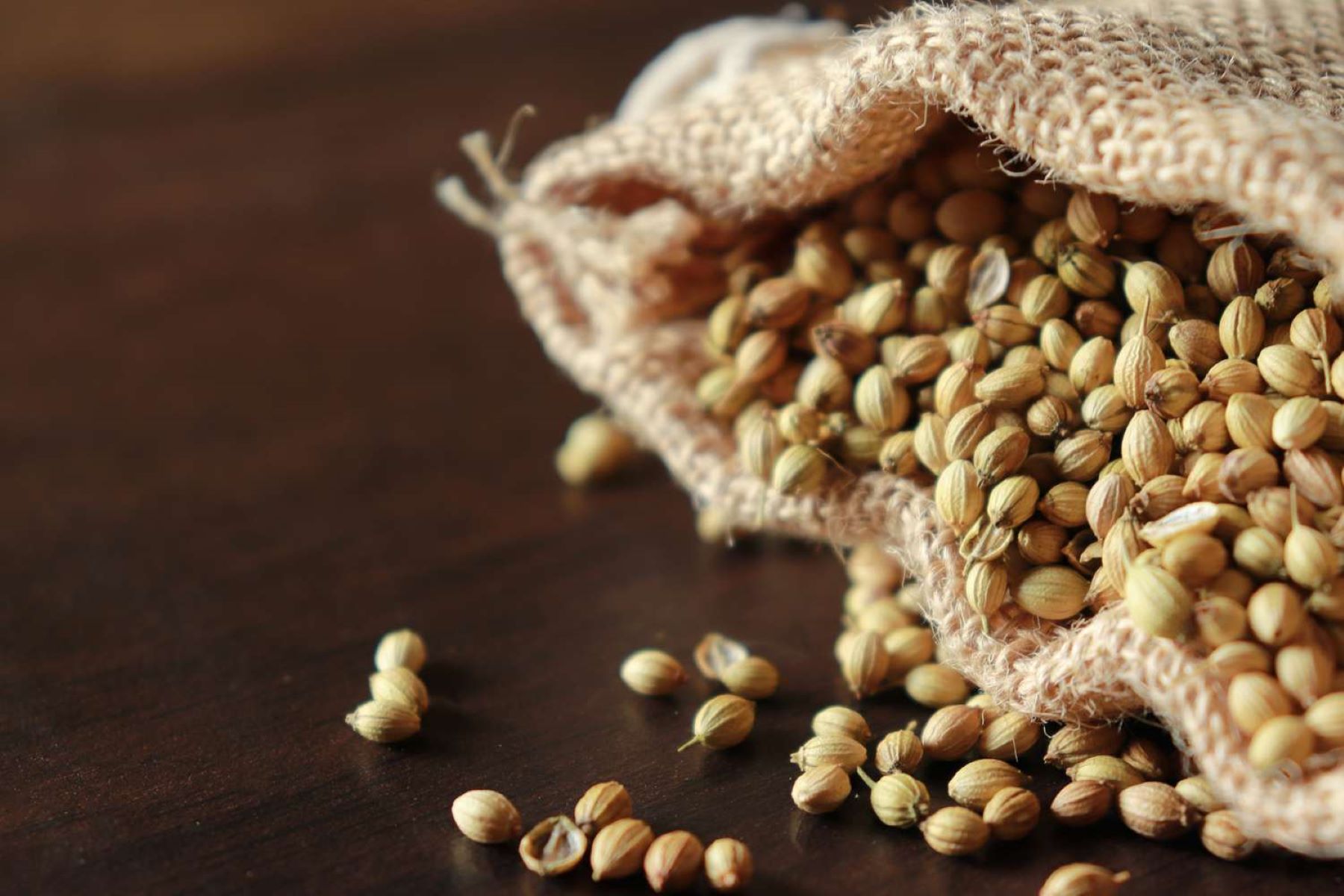
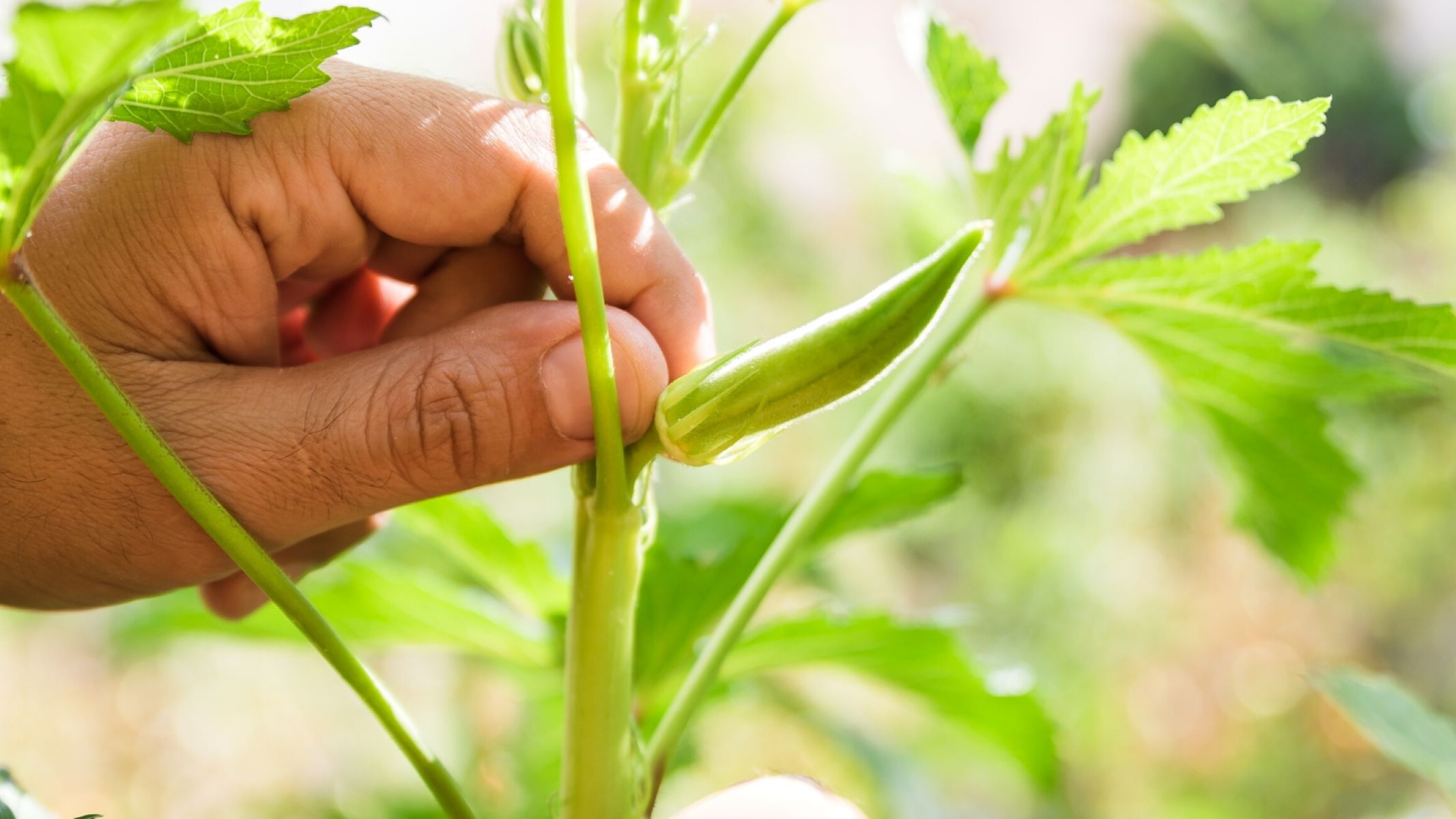
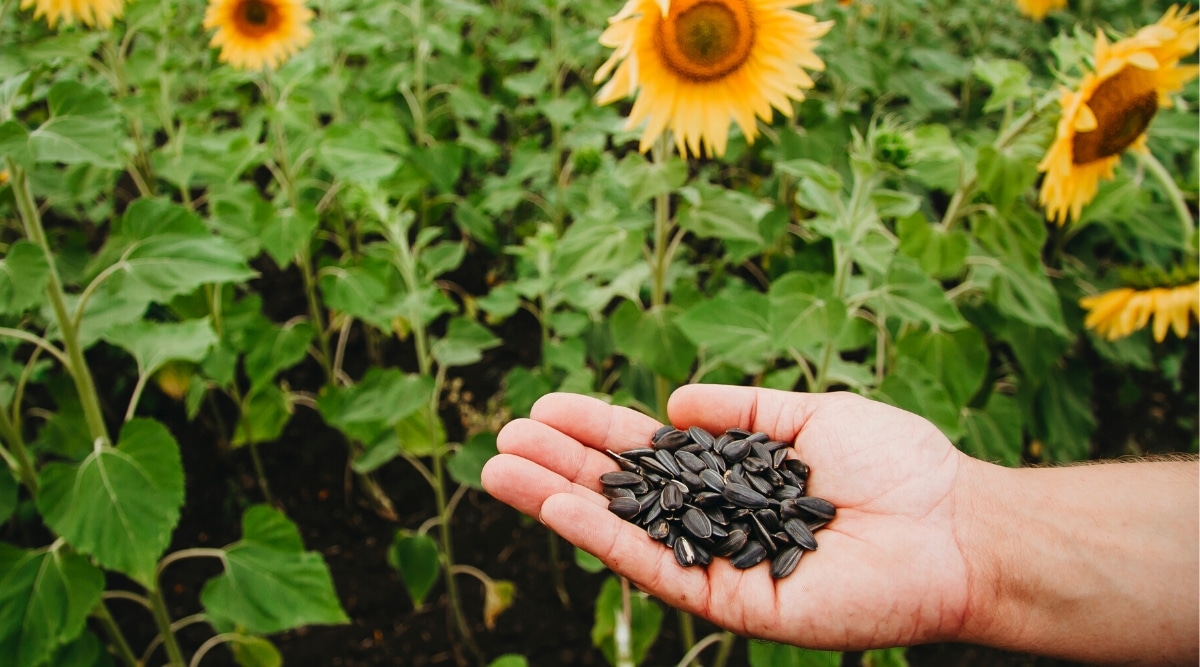
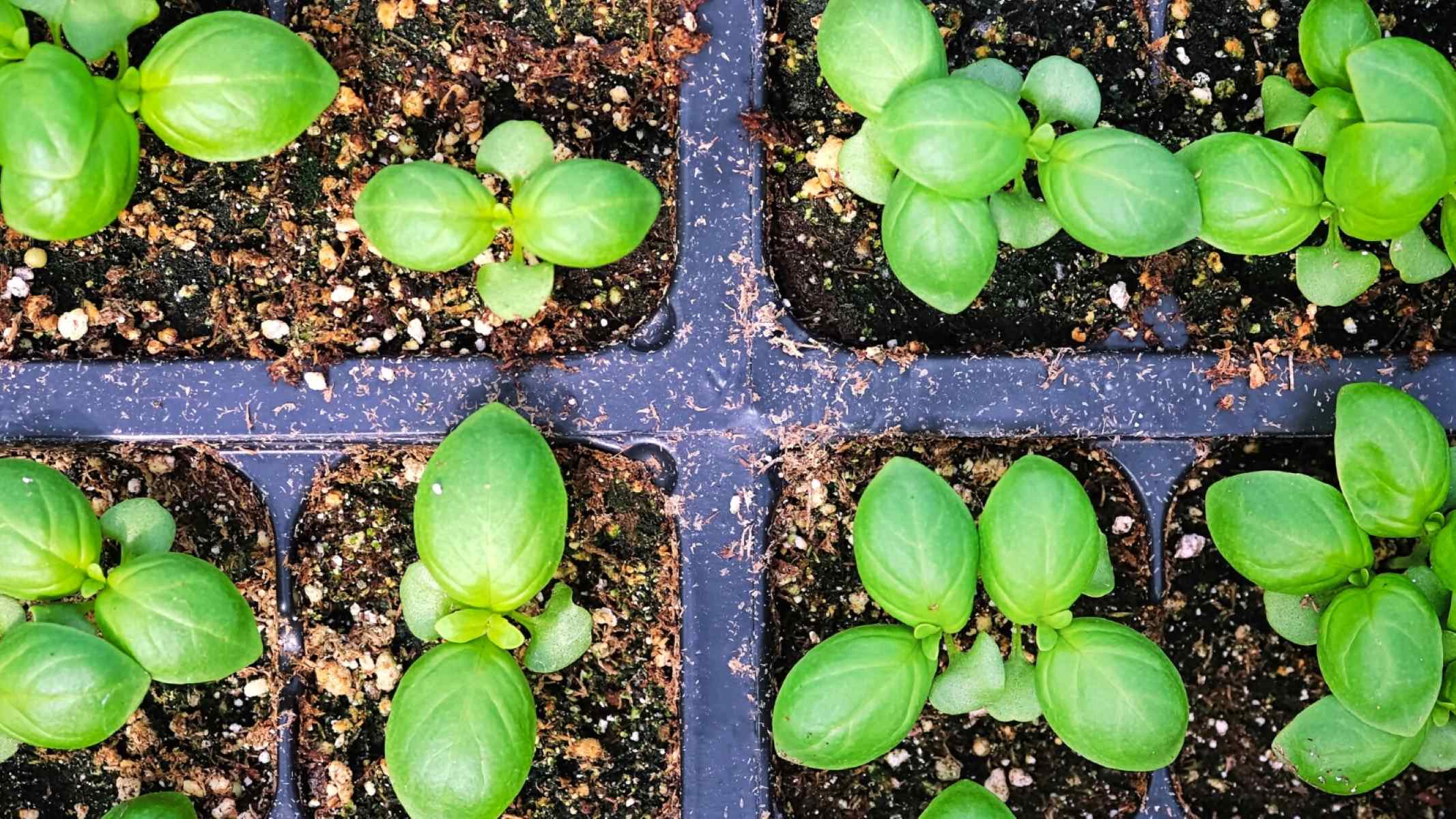
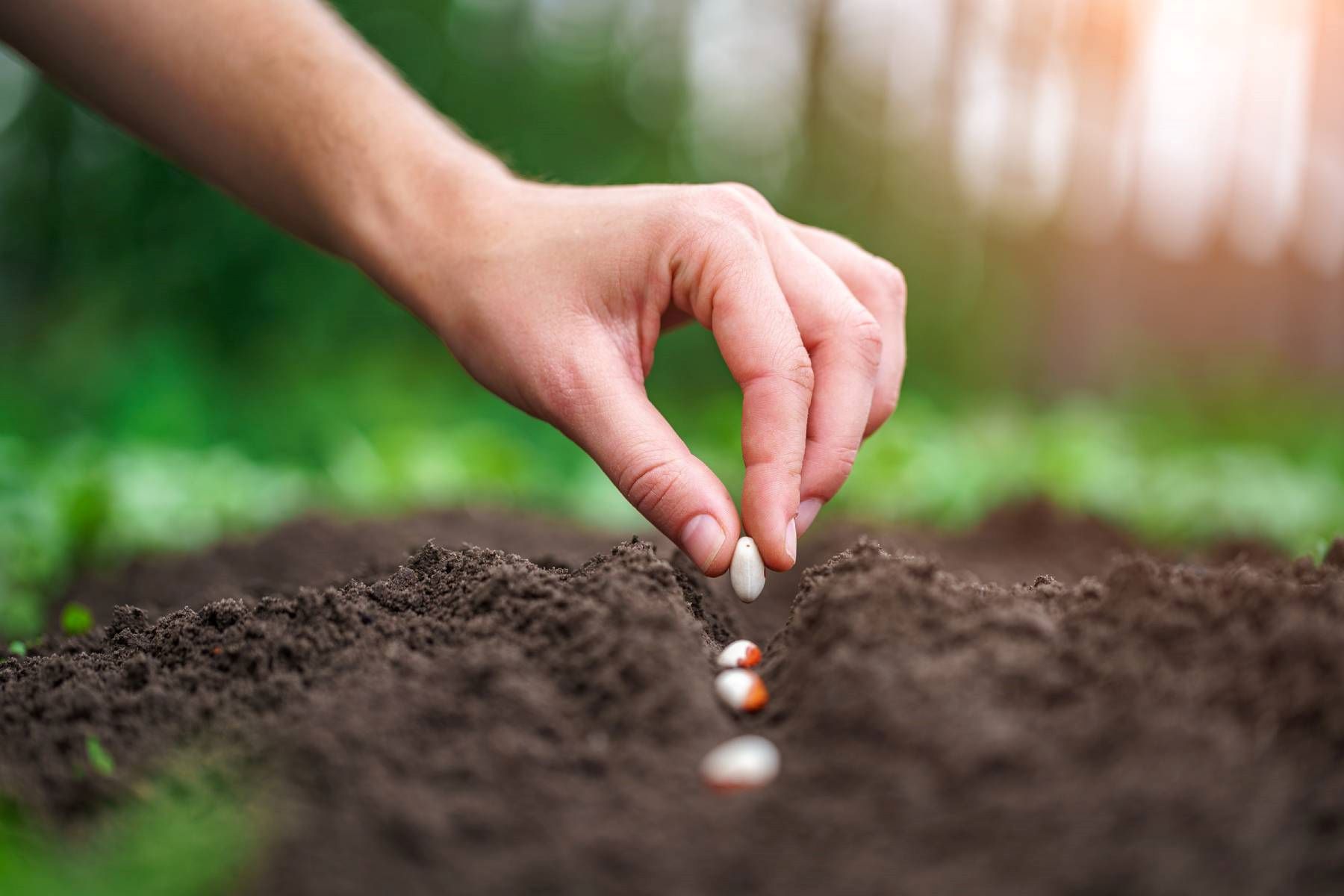

0 thoughts on “When To Sow Lupine Seeds”